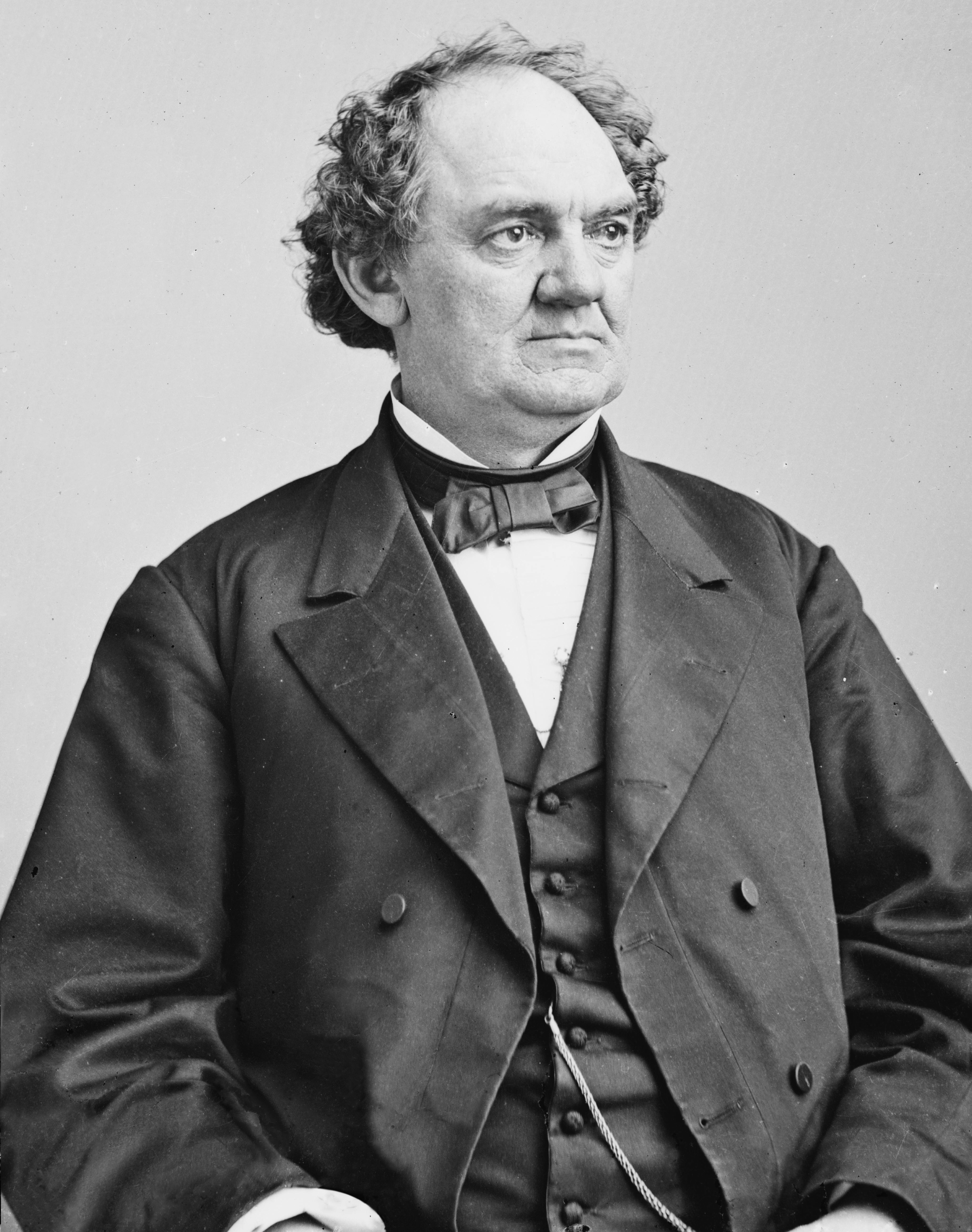
But now? Now, every story sticks, every headline lives forever, and bad publicity doesn’t just sell tickets — it can burn your whole tent down.
Over the weekend, I had time. I didn’t have to be anywhere early, I didn’t have to rush. I didn’t have to visit this or see that. I had time. Time to read and write, time to change the world around me, time to make a difference.
Turns out, I used that time to eat pizza and watch TV. Preseason football is in full sail, and that occupied a great deal of my attention, but between snaps and snacks, I fell into a series called Painkiller.
In Painkiller, we watch bright young sales reps turned loose to sell OxyContin like it’s the second coming of aspirin. They chase bonuses, chase Porsches, chase numbers on a board — anything that says they’re winning. And along the way, they deal with drunk doctors who think a prescription pad comes with certain privileges. Charming.
Then there’s the Sacklers. Richard Sackler shows up like a man haunted — his father hovering, sneering, reminding him he’s both heir to a pharmaceutical empire and, somehow, a disappointment. We’re supposed to… what? Feel sorry for him? Admire him? It’s never clear. What is clear is that the Sacklers become the gravitational center of the story, whether you want to watch them or not.
I rolled right into Dopesick next, where Michael Keaton — God bless him — plays a doctor who gets hooked on the very thing he prescribes. And by then it hit me: this family, this drug, this whole disaster — it’s not just one show, it’s an entire genre. Painkiller. Dopesick. The Crime of the Century. All the Beauty and the Bloodshed. Sacklers everywhere.
And that’s when the thought came: what a publicity bonanza. Not the kind anyone would want, but still — name recognition through the roof. Which pulled me straight to P.T. Barnum and his famous line: “There’s no such thing as bad publicity.”
That might have worked when the worst that could happen was a newspaper headline or a whisper in a crowd outside a circus tent. But now? Now, every story sticks, every headline lives forever, and bad publicity doesn’t just sell tickets — it can burn your whole tent down.
Barnum’s World vs. Ours
Barnum lived in a world where spectacle was the currency. The bigger, the louder, the more outrageous the claim, the better. It didn’t matter if the mermaid was really just a monkey sewn to a fish tail or if the “giant” was standing on stilts under his pants. People paid their nickel, they came to see, and Barnum laughed all the way to the bank. He understood that curiosity alone was enough to get people through the door. The show didn’t have to be real; it just had to be talked about.
And in that world, he was right: there really was no such thing as bad publicity. If the newspaper called his act a fraud, fantastic — more people showed up to see what the fuss was about. If rival showmen mocked him, all the better — his name stayed in print. For Barnum, notoriety wasn’t a problem; it was the business model.
But here’s the thing: Barnum’s audience went home and left the story behind. A headline in a paper wrapped tomorrow’s fish. A scandal burned hot for a week, then disappeared. Reputations could be reset with a new act, a new banner, a new round of buzz. Memory was short, attention spans even shorter.
Now? Our world doesn’t forget. Every story is archived, searchable, shareable, forever. What once evaporated in smoke and sawdust now lives in screenshots and search results. You don’t just get a bad headline; you get a permanent digital footprint, complete with hashtags, memes, and YouTube breakdowns. Barnum’s “bad publicity” was temporary fuel. Today’s bad publicity is a tattoo you can’t laser off.
Which raises the modern question: if Barnum was the master of making infamy profitable, who are today’s Barnums — and does their playbook still work?

Modern Barnums (Who Thrives on Controversy Today)
If Barnum had Twitter, he would’ve broken it. He’d be the guy firing off outrageous claims at midnight, arguing with critics by breakfast, and selling tickets by lunch. And in many ways, we already have modern Barnums walking among us.
Take the Kardashians. Entire empires have been built on the back of scandals, leaked tapes, and reality TV feuds. Every headline, no matter how salacious, somehow feeds the machine. They turned notoriety into a global brand, complete with cosmetics, clothing lines, and an entire family tree monetized for attention.
Or Elon Musk. One bad tweet can tank billions in market cap, and yet, somehow, he thrives. His controversies don’t scare away investors for long — they generate more eyeballs, more headlines, more free publicity for whatever company he’s steering at the moment. It’s chaos as a business model, and it works… for him.
And then there are companies that wear outrage like a badge. Ryanair — the budget airline famous for terrible service, snarky tweets, and policies that feel like they were designed by someone who hates people. They lean into their reputation. People complain, sure, but they still book the cheapest ticket. Bad publicity becomes brand identity.
So yes, in some corners of the modern world, Barnum’s law still holds. Some brands and personalities can alchemize scandal into profit. But here’s the catch: not everyone can. For every Kardashian cashing in, there’s a company that gets buried under its own bad press.
Which brings us to the flip side: who doesn’t survive bad publicity, and why does it burn them instead of boost them?
When Bad Publicity Sticks
For every personality or brand that can spin scandal into gold, there are others who collapse under the weight of it. Not all publicity is created equal, and not all reputations are flexible enough to survive the stretch.
Take the Sacklers. No amount of PR spin or philanthropic donations can outshout “opioid crisis.” Their name is etched into documentaries, lawsuits, and overdose statistics. Even when they slap their name on a museum wing, that wing eventually takes it down. In their case, bad publicity isn’t noise you ride out; it’s a permanent scar that erases trust.
Or Enron. Once the darling of Wall Street, hailed as innovative and unstoppable, they imploded in a storm of fraud and lies. The publicity wasn’t just bad; it was radioactive. Employees lost jobs, investors lost fortunes, and “Enron” became a punchline, shorthand for corporate scandal. No rebrand, no PR firm, no fresh circus act could save them.
Volkswagen provides another cautionary tale. They were caught rigging emissions tests, lying to customers, regulators, and basically the entire planet. The scandal cost them billions and, more importantly, broke their long-cultivated image of trustworthiness. They’ve recovered financially — money can patch holes — but the credibility leak still shows whenever “Dieselgate” comes up.
The difference between these and the Kardashians or Ryanair? Stakes. When your brand is built on trust, safety, or morality, bad publicity isn’t quirky — it’s lethal. You can’t joke your way out of selling dangerous drugs, cooking the books, or poisoning the air. That kind of publicity sticks like tar.
So we end up with a split screen: on one side, Barnum’s children — thriving on chaos and controversy. On the other, the Sacklers and Enrons of the world — crushed beneath it. Which leads to the real question brands should be asking: how do you know which side of the screen you’re on?

The Psychology of Attention (Why We Can’t Look Away, and When Attention Turns Toxic)
Barnum was right about at least one thing: people can’t resist a spectacle. Curiosity is baked into us. When something feels forbidden, scandalous, or outrageous, our brains light up. We want to look, even if we know it’s trash. That’s why traffic slows down at the scene of an accident. That’s why gossip magazines fly off shelves. That’s why reality TV thrives. Attention is human nature.
Marketers know this. Politicians know this. Social media platforms really know this. Outrage drives clicks, clicks drive engagement, and engagement drives profit. It’s a vicious loop where the more shocking or controversial something is, the harder it is to look away. Bad publicity is magnetic, which is why Barnum’s law seemed eternal.
But here’s the catch: curiosity has a tipping point. At first, the scandal draws us in. We rubberneck, we click, we share. But if the story reveals harm — real harm — that attraction flips. What once was guilty entertainment becomes moral outrage. That’s when bad publicity turns toxic.
When a celebrity says something offensive, the initial reaction might be laughter or disbelief. But if it hits a deeper nerve — racism, sexism, exploitation — the tone shifts. The audience that once fueled your buzz now fuels your downfall. That’s why some figures ride out controversy and others get “canceled.”
The psychology is simple: audiences forgive spectacle, but they rarely forgive betrayal. If your brand promise is fun, irreverence, or shock value, then controversy feeds you. If your brand promise is safety, trust, or moral authority, controversy kills you. The human brain doesn’t separate “publicity” from “values.” We don’t just consume stories; we judge them.
So, knowing that human attention can be both gasoline and fire, the question becomes: how should brands navigate this reality? Is it possible to court attention without playing with matches?
Lessons for Brands (When Publicity Helps, When It Hurts, and How to Handle the Fire)
If there’s one thing Barnum, the Kardashians, and the Sacklers collectively teach us, it’s this: publicity is not neutral. It’s either oxygen or poison, depending on who you are and what you promise.
For brands that trade in spectacle, controversy is rocket fuel. Fast-fashion companies, disruptive startups, edgy entertainers — they thrive on being talked about, even if the talk isn’t flattering. In those cases, the attention itself reinforces the brand identity. Bad publicity is simply part of the show.
But for brands built on trust — banks, hospitals, airlines, pharmaceuticals, schools — the rules are different. Bad publicity here isn’t quirky or buzz-worthy. It cuts at the very promise that keeps customers loyal. A scandal doesn’t make people curious; it makes them afraid. Fear is a deal-breaker in industries where safety and trust are non-negotiable.
So what’s a brand to do? Three things:
- Know your lane. If your business depends on trust, don’t pretend you can play the Barnum game. You can’t. Build quietly, serve faithfully, and guard credibility like it’s gold.<br />
- Respond fast. In the digital age, silence is an answer — and usually the wrong one. When bad publicity hits, own it, address it, and move forward before the story calcifies into “truth.”<br />
- Remember the long game. Publicity is a moment; reputation is forever. A short-term spike in attention is worthless if it corrodes long-term loyalty. The Sacklers had name recognition, but at what cost? Their empire is a case study in how attention without trust leads to ruin.<br />
Publicity today is a tightrope act. Lean too far into spectacle and you risk burning your credibility. Hide from attention altogether and you risk irrelevance. The smartest brands walk the rope with care, choosing which flames to fan and which to stamp out.
Which brings us back to Barnum’s old maxim — and the question that started this whole weekend thought spiral. Was he right? Is there really no such thing as bad publicity, or have we outgrown that circus tent?

Summing Up: Bad Publicity, Barnum, and the World We Live In Now
Barnum wasn’t wrong in his time. For him, bad publicity was just more noise in the air, more headlines to pin to the tent, more tickets sold. He thrived on the idea that as long as people were talking, he was winning. And in a world that forgot yesterday’s news as quickly as it was printed, that worked.
But our world is not Barnum’s world. Today, bad publicity doesn’t vanish — it metastasizes. It lives online, searchable forever, attached to your name like a permanent tattoo. For some, like the Kardashians or Ryanair, that tattoo is a badge of honor, a twisted kind of branding. For others — the Sacklers, Enron, Volkswagen — it’s a mark that never washes off.
The difference is trust. If your brand thrives on spectacle, you can flirt with scandal. If your brand thrives on credibility, you can’t. And in an age where every misstep is amplified, replayed, and archived, knowing which side of that line you’re on isn’t optional — it’s survival.
So, is there no such thing as bad publicity? For Barnum, maybe not. For us, absolutely. Bad publicity exists, it’s real, and it’s costly. Sometimes it entertains, sometimes it destroys, but it always leaves a mark.
And to think — all of this started because I had time. Time to eat pizza, watch preseason football, and tumble headfirst into a stack of Sackler scandals. I didn’t change the world that weekend. But maybe Barnum did — and maybe, in the end, that’s the problem.
At ThoughtLab, we spend a lot of time poking at questions exactly like this — how attention, reputation, and trust play together in the modern marketplace. Barnum gave us the circus; today, the circus is everywhere. The trick is learning when to step into the ring and when to walk quietly past the tent.

